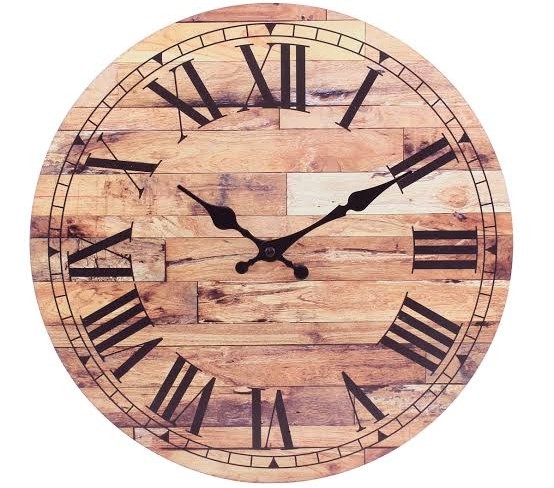1). Sundials and Water Clocks:
* Ancient Egypt and Greece: Sundials were used to measure time based on the position of the sun. Water clocks, also known as clepsydras, used water flow to track time.
2). Early Mechanical Clocks:
*Middle Ages: Mechanical clocks were developed, initially driven by weights or springs, and powered by pendulums or gears. These large clocks were typically found in public spaces or religious institutions
3) Portable Timepieces:
*16th Century: The invention of the mainspring allowed for the development of smaller, portable timekeeping devices. The first portable watches, known as "clock-watches," were carried in pockets or worn around the neck.
4). Pocket Watches:
*17th Century: The introduction of a balance wheel mechanism replaced the use of a pendulum, leading to greater accuracy in pocket watches.
*19th Century: Improvements in manufacturing techniques led to the mass production of pocket watches. They became widely popular and were considered a status symbol.
5). Wristwatches:
*Late 19th Century: Wristwatches began to emerge, primarily worn by women as decorative jewelry. These early wristwatches were often attached to bracelets or worn as pendants.
*Early 20th Century: During World War I, wristwatches gained popularity among soldiers due to their convenience on the battlefield. This led to further advancements in wristwatch technology, including the development of waterproof cases.
6). Modern Wristwatches:
*20th Century: Watchmaking entered the modern era with the introduction of innovative features such as automatic (self-winding) movements, chronographs, and electronic movements.
*Quartz Watch Revolution: In the late 1960s and early 1970s, quartz watches revolutionized the industry. These watches utilized quartz crystals for highly accurate timekeeping and were powered by batteries.
*Smartwatches: The 21st century brought the rise of smartwatches, which combine traditional timekeeping functions with additional features such as fitness tracking, smartphone connectivity, and app integration.
Today, watches are not only functional timekeeping devices but also fashion accessories and technical marvels. Watchmaking has become an art form, with luxury brands producing exquisite timepieces that showcase precision engineering, craftsmanship, and design. The history of watches reflects our ongoing quest for accurate timekeeping and our desire for stylish and convenient ways to track time.





